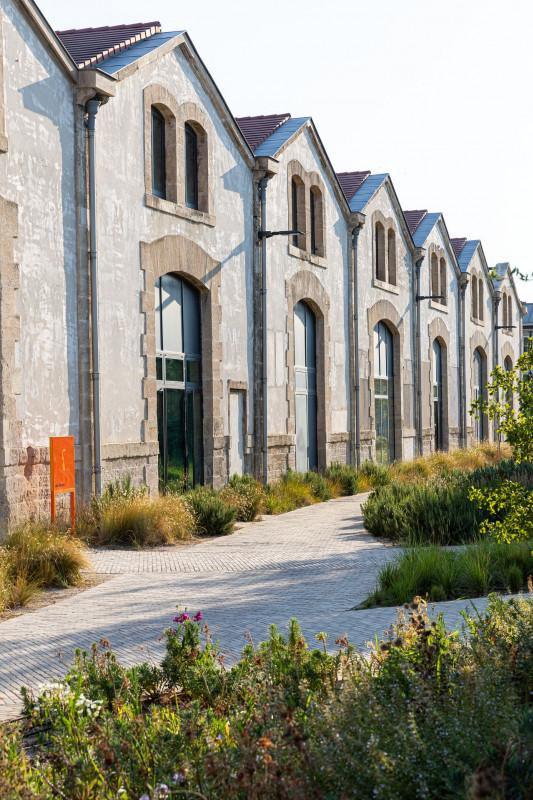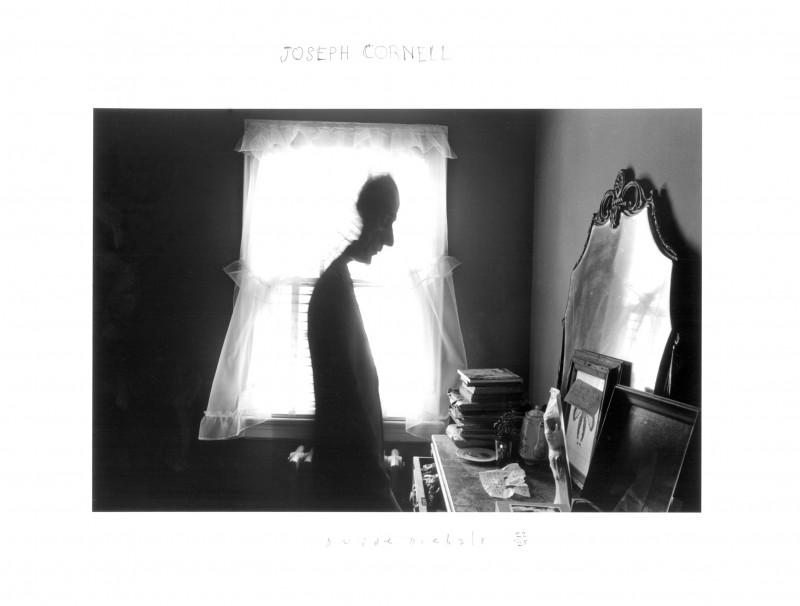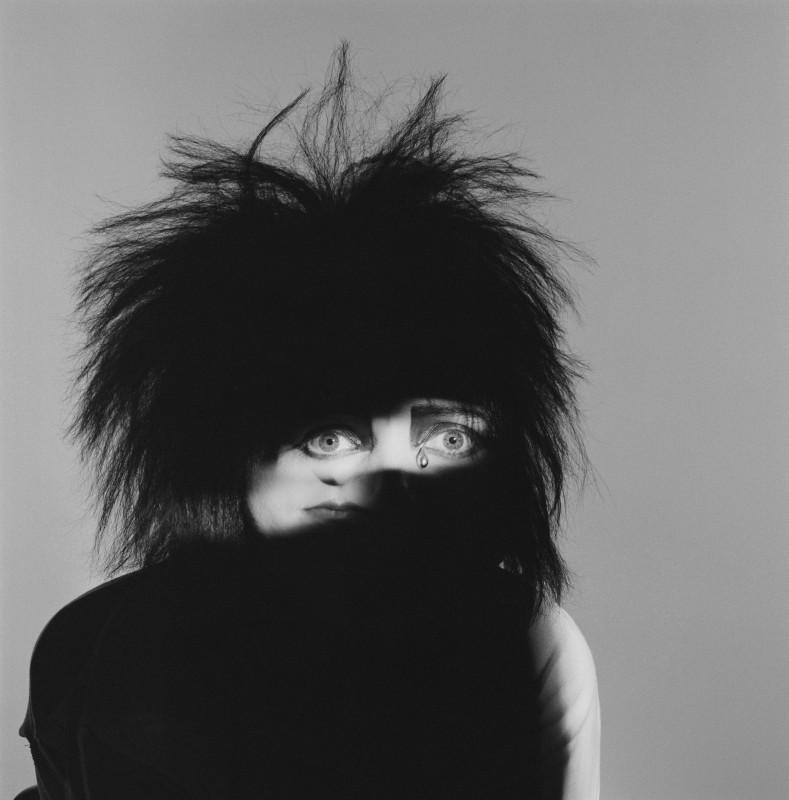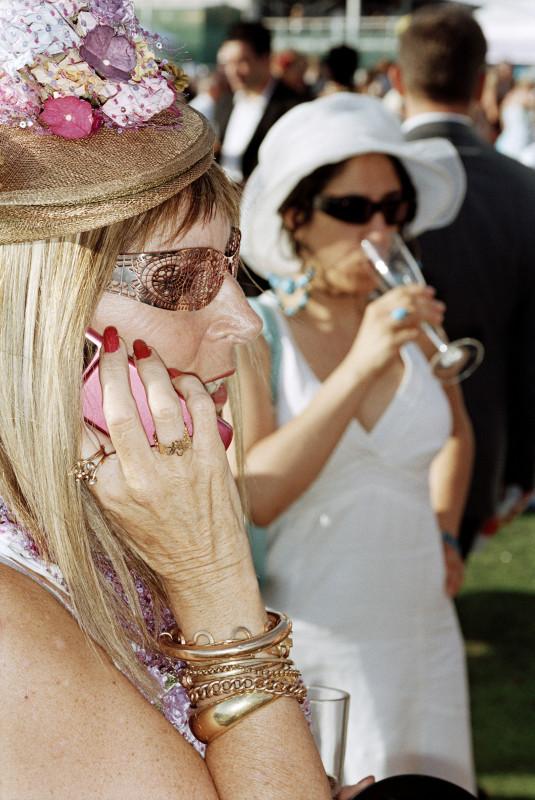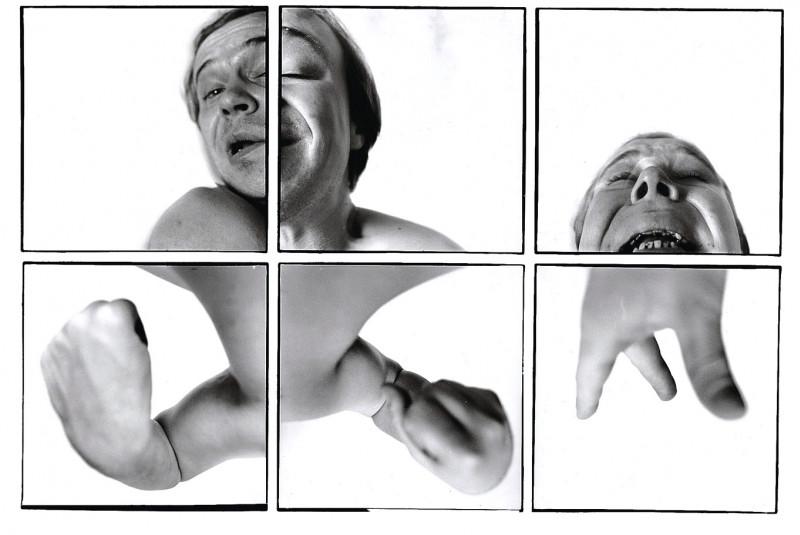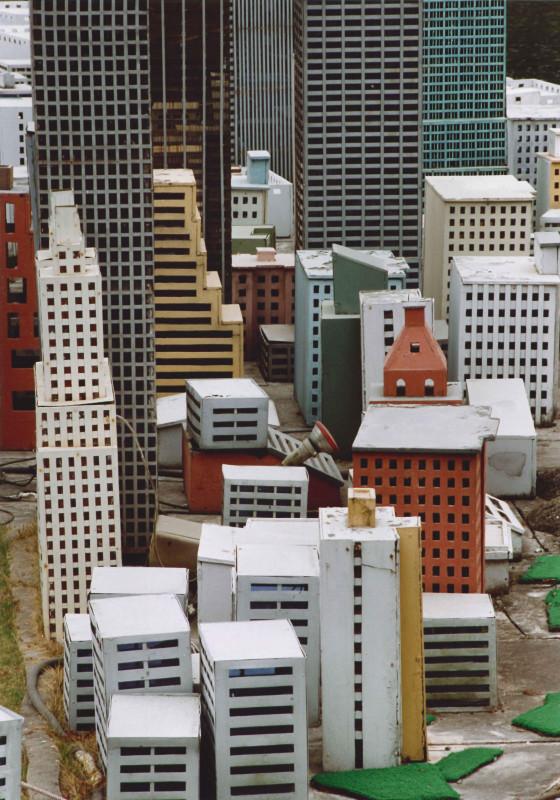Edition 2009
EUGENE RICHARDS
The Blue Room, Books Montages
The Blue Room
The Blue Room, Eugene Richards’ first work in colour, is a moving and eloquent study of the abandoned and forgotten houses of rural America.
Abandoned houses stand mute and solitary in out-of-the-way places, wherever things seemingly haven’t worked out for people. To those quickly passing by, the timeworn structures can be seen as fearful places, places to avoid. Yet there are those who are inexorably drawn to them. To Eugene Richards, they are heirlooms, evidence of past lives, time machines.
Over the course of three and a half years, travelling thousands of miles on the back roads of America, Richards has created a body of photographs that speaks of the beauty of these houses and inspires us to imagine the lives of the people who once lived in them. ‘As I slowly make my way through the collapsing rooms and begin sifting through what’s been left behind’, he writes, ‘the old places spawn what can only be called memories that come and go in the fragments of broken glass, in the convergence of shadows and light, in the dust rising up from the floors’. The Blue Room is a personal journey, a way of seeing and a meditation on the fragility of life and the transient nature of things.
Text from The Blue Room, Phaidon, 2008.
Books montages
Over the years, curators have asked me to condense the contents of my books—there are fifteen of them—in order to more easily exhibit them. I have tried to explain that a visual book cannot be properly condensed since it gains its strength from its editing, its pacing, the rises and falls in the narrative. Then in 2007, in an effort to explore other means of telling stories, I began creating montages of images from some of my books that I then overlaid with passages of text. The simplest of these inkjet montages utilises a single photograph; the Exploding Into Life montage is comprised of an enlargement of a lovely but ageing Polaroid snapshot of my first wife, Dorothea Lynch. Around its edges are hand-written lines of text from her diary which depict moments in her struggle against the cancer that would eventually take her life. The largest and most elaborate of the montages, the one from Stepping Through the Ashes, is comprised of something like 80 photographs spread across four nine-foot-tall panels. Running the width of them are excerpts from interviews with survivors and witnesses of the tragic events of September 11th, 2001. The purpose, then, of these montages is not to even begin to depict the book’s original form, but rather to distil and reveal the intellectual and emotional core of the work.
Eugene Richards
The Blue Room, Eugene Richards’ first work in colour, is a moving and eloquent study of the abandoned and forgotten houses of rural America.
Abandoned houses stand mute and solitary in out-of-the-way places, wherever things seemingly haven’t worked out for people. To those quickly passing by, the timeworn structures can be seen as fearful places, places to avoid. Yet there are those who are inexorably drawn to them. To Eugene Richards, they are heirlooms, evidence of past lives, time machines.
Over the course of three and a half years, travelling thousands of miles on the back roads of America, Richards has created a body of photographs that speaks of the beauty of these houses and inspires us to imagine the lives of the people who once lived in them. ‘As I slowly make my way through the collapsing rooms and begin sifting through what’s been left behind’, he writes, ‘the old places spawn what can only be called memories that come and go in the fragments of broken glass, in the convergence of shadows and light, in the dust rising up from the floors’. The Blue Room is a personal journey, a way of seeing and a meditation on the fragility of life and the transient nature of things.
Text from The Blue Room, Phaidon, 2008.
Books montages
Over the years, curators have asked me to condense the contents of my books—there are fifteen of them—in order to more easily exhibit them. I have tried to explain that a visual book cannot be properly condensed since it gains its strength from its editing, its pacing, the rises and falls in the narrative. Then in 2007, in an effort to explore other means of telling stories, I began creating montages of images from some of my books that I then overlaid with passages of text. The simplest of these inkjet montages utilises a single photograph; the Exploding Into Life montage is comprised of an enlargement of a lovely but ageing Polaroid snapshot of my first wife, Dorothea Lynch. Around its edges are hand-written lines of text from her diary which depict moments in her struggle against the cancer that would eventually take her life. The largest and most elaborate of the montages, the one from Stepping Through the Ashes, is comprised of something like 80 photographs spread across four nine-foot-tall panels. Running the width of them are excerpts from interviews with survivors and witnesses of the tragic events of September 11th, 2001. The purpose, then, of these montages is not to even begin to depict the book’s original form, but rather to distil and reveal the intellectual and emotional core of the work.
Eugene Richards
www.eugenerichards.com
Pictures printed by Laumont, New York.
Framing by Circad, Paris.
Printed by PICTO, Paris.
Exhibition presented at the Atelier des Forges, Parc des Ateliers. In 1986, his photographs of his wife Dorothea’s struggle with breast cancer generated real emotion when they were shown at the Théâtre Antique.



